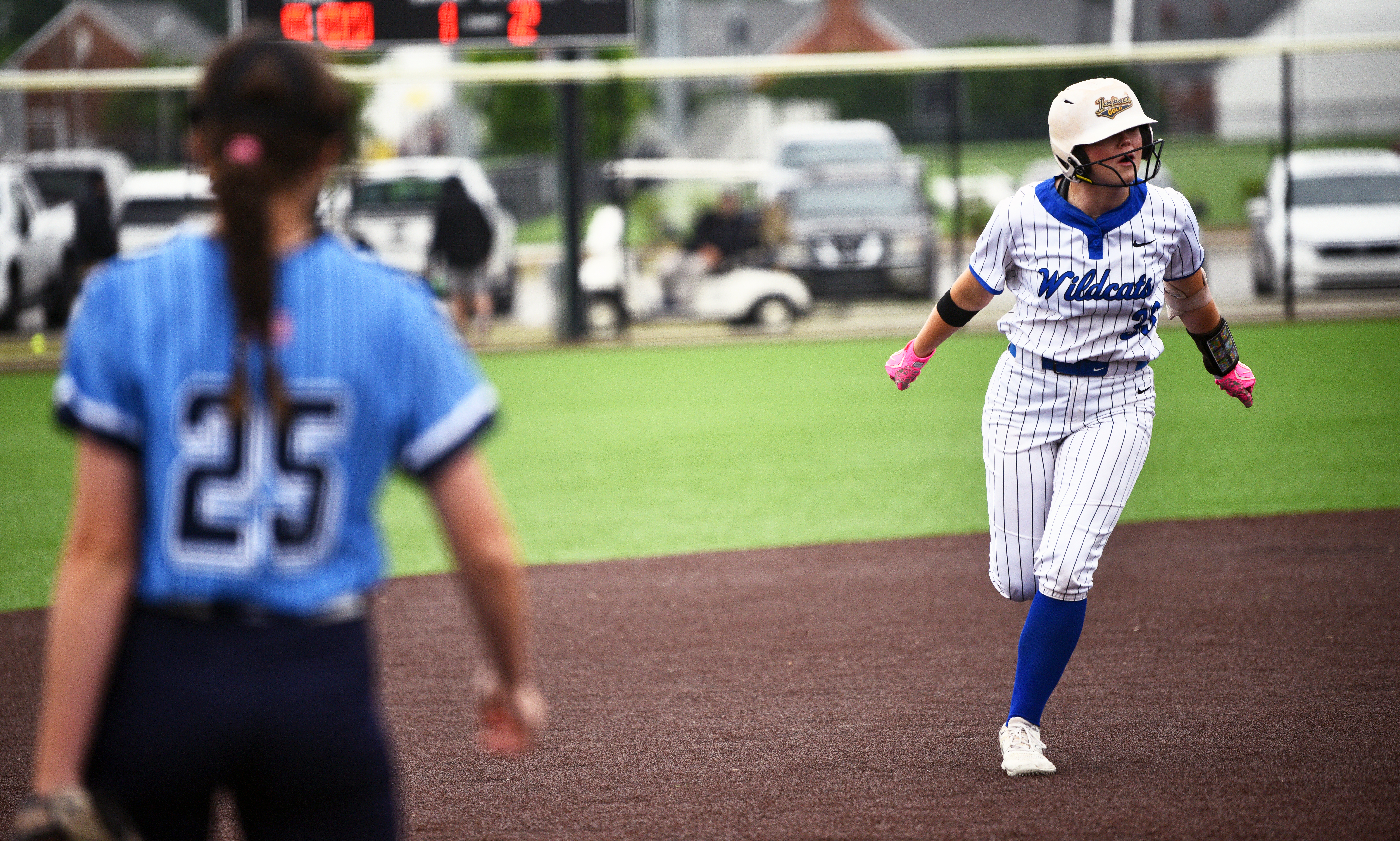Alabama project aims to ensure student-athlete safety
Published 10:31 am Sunday, August 26, 2018
AUBURN, Ala. (AP) — Football season is kicking off.
Naturally, this means student-athletes are being summoned to weight rooms and practice fields to prepare for major showdowns in stadiums filled with roaring fans.
And it’s through this very outlook that local professionals are aiming to expand a broad message, one emphasizing the importance of high school student-athletes seizing healthy routines, strengthening their academic performance and guarding against heat-related illness and concussions.
Specifically, the goal is to help students reach the pinnacle of a “well-rounded athlete,” according to Drs. Rick Horak and Siraj Abdullah.
“Not only athletically, but also academically,” said Horak, who specializes in primary care sports medicine at East Alabama Orthopaedics & Sports Medicine, and serves as an assistant professor at the Edward Via College of Osteopathic Medicine (VCOM) at Auburn University.
Horak and Abdullah, associate director for the Sports Medicine Fellowship Program at VCOM-Auburn, were recently awarded a $2,000 grant through the American Medical Society for Sports Medicine. The grant was used for their humanitarian outreach project, which targeted underserved populations within the state’s Black Belt region.
Focusing on high school student-athletes across all sports in Reeltown, Notasulga and Loachapoka, a pilot version of the project was conducted July 30 with approximately 120 students at Reeltown High School. Through multiple lectures, students were given factual knowledge to apply as they compete. Now, those involved in the project are hoping to take their message to other school systems, like Opelika and Auburn.
“The plan is to expand the project to the surrounding communities to provide evidence-based education in regards to sports-related issues and academics to all student-athletes, parents and coaches,” said Abdullah, “to give students the best opportunities to succeed as students first, and then athletes.”
Embrace good health
Major competitors require major amounts of energy, which burns with every tackle, run, grand slam or slam dunk. Therefore, it’s crucial that student-athletes embrace nutrition and absorb different macronutrients, said Lauren Silvio, director of sports nutrition for Auburn Athletics.
“Carbs are really important for energy,” Silvio said while highlighting the message she shared during her segment of the project. “So that’s your main source of fuel when you’re exercising with your body. That’s what it utilizes. So making sure you’re getting carbohydrates in is really important with each meal, and then snacking throughout the day can be a good kind of method for athletes. It keeps their blood sugar stable, and that way they don’t get dizzy or tired whenever they’re exercising.”
Foods like rice, potatoes, fruits and pasta provide good energy for athletes’ bodies, Silvio said. Additionally, protein is very important for rebuilding and repairing muscle, and lean proteins are recommended over high-fat proteins.
…
It’s important that student-athletes consume fat as well, Silvio added, although there are different types of fats.
“So things that are fried have more saturated fats, and that’s kind of your fats that don’t have any performance benefit,” she said. “But then there’s also things with healthy fats in them, and that would be things like avocado or nuts, or salmon and tuna. And those can help with your brain; they can help with your joints.”
Of course, student-athletes also should prioritize staying hydrated, and Silvio recommended they consistently drink water all day. Having sports drinks available around exercise is good as well, she said.
…
Sleep, too, is essential, and Silvio deemed eight to 10 hours a night as ideal.
…
Lift academics
Student-athletes bring pride to their schools through their performances in gyms and stadiums. However, it’s crucial that they devote as much concentration on their school lessons as they do in competing.
This outlook represents the platform upheld by Alexandria Brice, director of student and institutional academic success at VCOM. During her portion of the humanitarian outreach project, she emphasized to student-athletes: “You are a student, then an athlete.”
If one’s athletic career is cut short, then having good grades will help take them to the next level, Brice said.
“You do not wait until you’re at the collegiate level to start preparing to be a great athlete,” she said. “And I tell students, ‘You cannot wait until you’re getting ready to decide you’re going to college in order to be a great student.’ It starts in ninth grade and junior high. So I tell them the importance of securing a solid GPA, and after they secure the solid GPA, maintaining the GPA. And I express to them how important it is to put as much effort into preparing for the ACT (and) the SAT as they do for preparing for a championship or a big game.”
Defeat the heat
Southern student-athletes can be confronted with two realizations when the “heat turns up” during a major game: the competition has intensified — as well as the literal heat itself.
When it comes to the latter, they must keep a cautious watch against signs of heat illness, according to Dr. Shannon Carroll, a sports medicine fellow with VCOM. These include heat cramps, heat exhaustion and heat stroke.
“So heat cramps are — they’re literally just cramps,” Carroll said. “It’s kind of like getting a cramp in your foot at night, except it lasts a lot longer. So if you can prevent the cramp from lasting long, get yourself out of the field and hopefully you can stop it from getting worse, basically. Heat exhaustion is more warm, sweaty, red skin. You can sometimes have a little bit of dizziness, and it’s almost like a ‘you’re going to faint’ feeling.”
Heat stroke, a medical emergency, involves all of these symptoms, Carroll added, and an athlete may experience signs like confusion and disorientation. Eventually, these conditions can progress to seizures and comas.
Staying hydrated and maintaining a healthy, balanced diet are key to defeating heat illness, Carroll said. …
Guard against concussions
Besides heat illness, it’s likewise critical that student-athletes are aware of the symptoms and potential detrimental effects that sustaining a concussion can have on their future if immediate medical attention is not received, according to Dr. Jesse Shaw, assistant professor of medicine at VCOM.
Concussions occur when a hit to the head or neck region causes a traumatic wave to go through the brain, resulting in dysregulation, Shaw said. Common symptoms of concussions are headaches, dizziness, confusion, disorientation, and difficulties concentrating and learning.
Focusing on high school athletes, Shaw noted the importance of resolving the “no pain, no gain” mentality in educating them about when they should be concerned, and what they should do if they believe they have developed a concussion. For starters, an athlete would have to be removed from competing and allow for a gradual return.
“Once we’ve removed them from the field, our goal is to get them back as quickly as possible,” Shaw said. “But we have to do that within a structured environment. If we send them back too soon, they’re going to be out of class longer, they’re going to be out of practice longer. They’re going to miss more games.”
Recognition of the issue can help ensure treatment is received faster, Shaw said. … However, there is second-impact syndrome, which occurs when an athlete sustains a second concussion before they are healed and can cause symptoms to last between a few months to a year.





